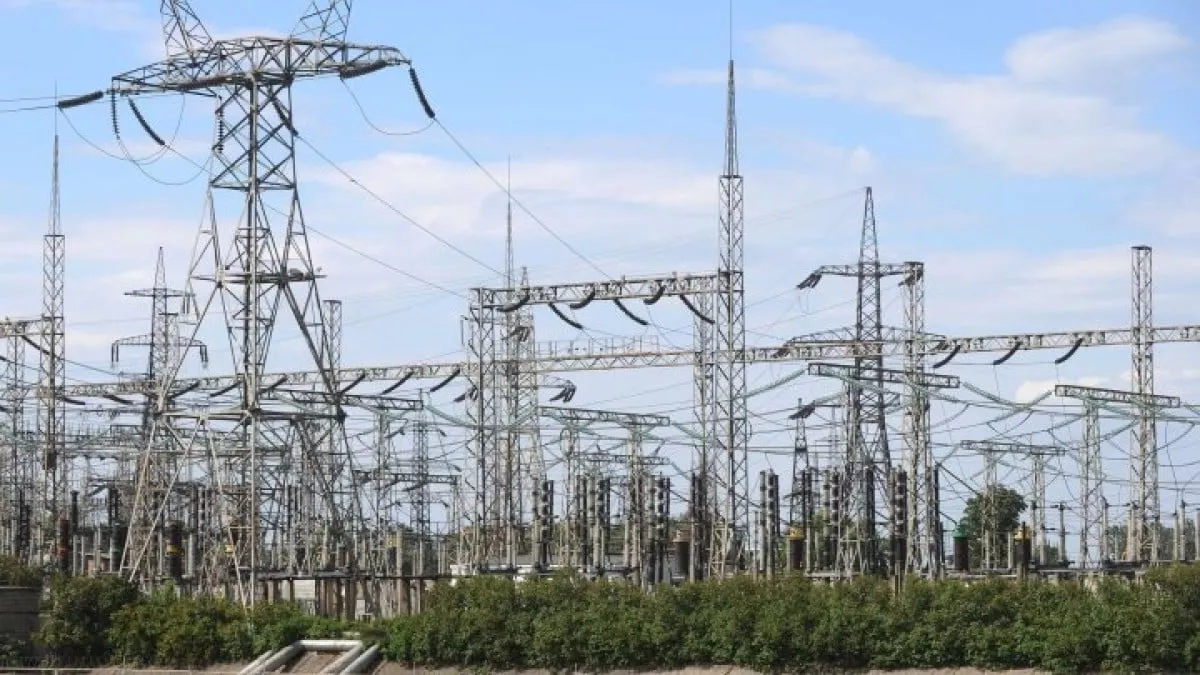Two substations in Tashkent will be fully upgraded

In the capital of Uzbekistan, the complete renovation of two important electrical substations will be carried out. This was reported by Upl.uz.
On July 7, an agreement was signed between the joint-stock company "Uzbekistan National Electric Networks" and China's Shandong Electrical Engineering & Equipment Group Corporation. Within the framework of the agreement, the technical equipment of the "Zafar" and "Fayziobod" substations is planned, each operating at 220 kV voltage.
These substations play a crucial role in the stable electricity supply of the capital region. According to the terms of the contract, the Chinese side will fully carry out the project design, supply of necessary equipment, installation, and commissioning works.
During the renovation process, it is planned to transition from outdated systems to modern complete distribution devices (KRUÉ) with gas insulation. This technology helps to increase the reliability of substations and reduce the impact of weather conditions.
Additionally, closed KRUÉ systems ensure safety for service personnel and reduce errors caused by human factors. The project also aims to minimize negative impacts on the environment.
This initiative is being implemented in response to the concerns of entrepreneurs regarding the state of energy infrastructure in the capital. According to the Central Bank's 2024 report, interruptions in electricity and natural gas supply are considered one of the main barriers to business development in Tashkent.
According to analysts, due to energy supply issues, 55 percent of entrepreneurs are unable to fully utilize their production capacity. In recent weeks, this issue has been widely covered in the media.
In conversations with business representatives, many complained about regular interruptions and emphasized the lack of transparency in the operations of energy supply organizations. In response, the state company "Regional Electric Networks" stated that modernization is being carried out as part of planned repair works and preparations for the autumn-winter season.
It was also noted that some interruptions are related to emergency situations. The company's management promised to improve the system of informing the public and legal entities about planned works in the future.
In KRUÉ devices, sulfur hexafluoride (SF6) is used as an insulator, which is one of the powerful heat-trapping gases. Its global warming potential is 23,500 times higher than that of carbon dioxide.
However, in the sealed systems of KRUÉ, the leakage of SF6 is almost impossible, ensuring the environmental safety of the technology when used and disposed of correctly

